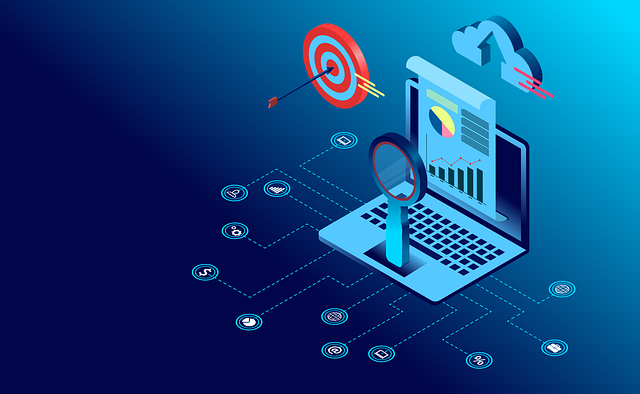
Navigating the Data Landscape: Unleashing Insight and Creativity
Navigating the data landscape is like exploring a digital universe where numbers, patterns, and statistics reveal hidden insights and fuel creativity. It’s an incredible journey of discovery.
• Understanding the Basics of Data
Understanding data is crucial for navigating the data landscape, which includes raw information like numbers, text, and images. Familiarizing oneself with structured and unstructured data types, data sources, storage, and data cleaning and preparation ensures effective data collection and use, forming the backbone of our digital world.
• Collecting and Organizing Data
Data collection is crucial for obtaining valuable insights from various sources like surveys, sensors, financial transactions, and web searches. Reliable methods prevent errors and biases. Data organization is crucial, involving sorting, categorizing, and storing using databases or spreadsheets. Data management tools ensure accuracy and consistency. Properly organized data is easier to analyze and interpret, resembling a tidy toolbox.
• Analyzing Data for Insights
Once data is collected and organized, the real magic begins with analysis. Data analysis is the process of inspecting, cleaning, and modeling data to discover useful information. Different techniques can be used for analysis, such as statistical analysis, data mining, and machine learning. Statistical analysis helps identify trends and patterns by examining large datasets. Data mining goes deeper, finding hidden patterns in large amounts of data. Machine learning, a branch of artificial intelligence, uses algorithms to learn from data and make predictions. Choosing the right analysis method depends on your goals and the type of data you have. Analyzing data turns raw information into actionable insights, helping businesses make informed decisions and solve problems effectively.
• Visualizing Data for Better Understanding
Data visualization is an art that transforms raw data into visual representations like charts, graphs, and maps. When data is visualized effectively, it becomes easier to understand and interpret. Good visualizations highlight trends, patterns, and outliers in the data. For instance, a line graph can show sales growth over time, while a pie chart can display market share distribution. Visualization tools like Tableau, Power BI, and simple spreadsheet software provide powerful ways to create these visuals. Choosing the right type of visualization for your data is key. For example, use bar graphs for comparing quantities and scatter plots for showing relationships between variables. Effective visualization makes complex data accessible, enabling viewers to grasp key insights quickly and make better decisions.
• Leveraging Data for Creativity
Data is not just for solving problems; it can also spark creativity. When you’re able to extract insights from data, you open up new possibilities for innovation. For example, understanding customer preferences can guide the development of new products or marketing strategies. Data can reveal unmet needs or untapped markets, allowing businesses to create unique solutions. Moreover, in fields like art and design, data can inspire new creations. Digital artists use data to generate dynamic and interactive artworks. Musicians analyze audience data to craft songs that resonate. By combining data insights with creative thinking, you can create products, services, and experiences that are both innovative and effective. The fusion of data and creativity leads to groundbreaking ideas and solutions that stand out in a competitive world.
